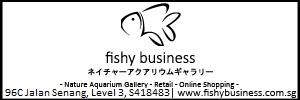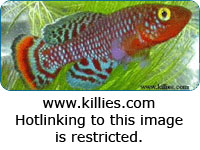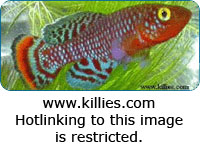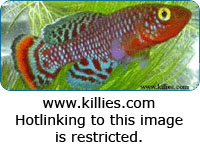
Originally Posted by
Jakobe
Do you use ice with all nigripinnis spec.?
Hi there, Jakob
The climate in Singapore is a little bit different than in our part of the world.
But, NGP and other Austrolebias are more to be considered as cold water fishes than tropical.
So I am surprised that someone is successful in keeping them in the tropical climate of SE Asia.
On the other hand someone tried to introduce NGP in the Philippines for mosquito control and it is actually registered as probably successful by Fishbase even if some SAA experts (read Tyrone) are doubtful.
However, I got good hatches recently of 3 Austrolebias species with 20 Celsius water (F1 and F2 from Argentine).
Erik Thurfjell
SKS 138, BKA 838-05, AKA 08998, SAA 251









 Reply With Quote
Reply With Quote











.JPG)


 I hope mine turn out half as beautiful as yours.
I hope mine turn out half as beautiful as yours.
Bookmarks